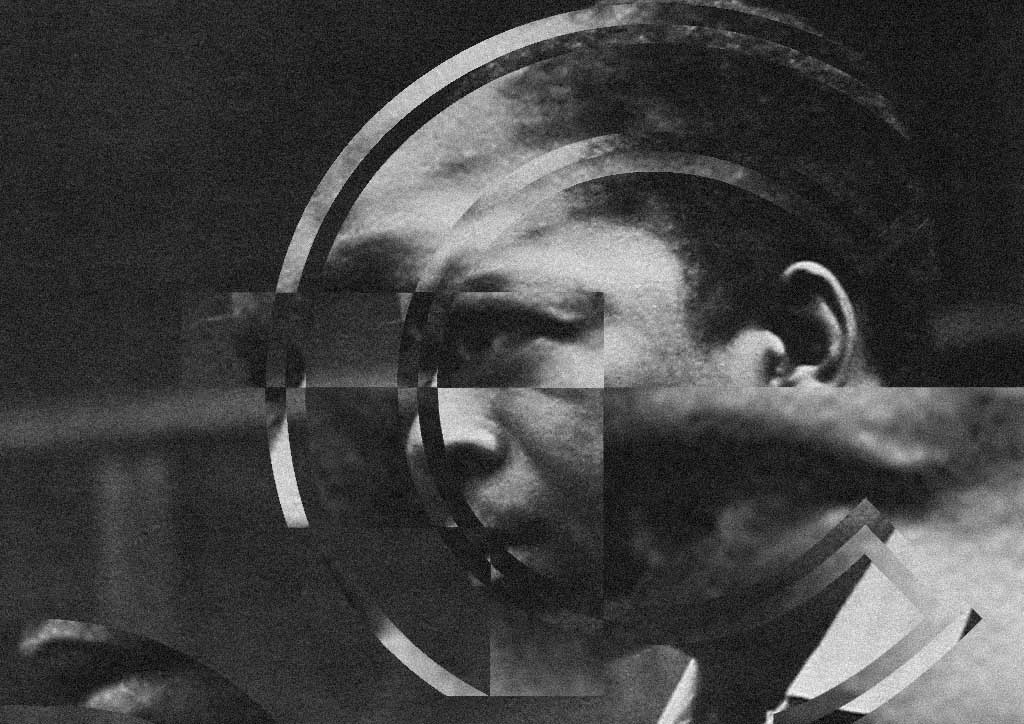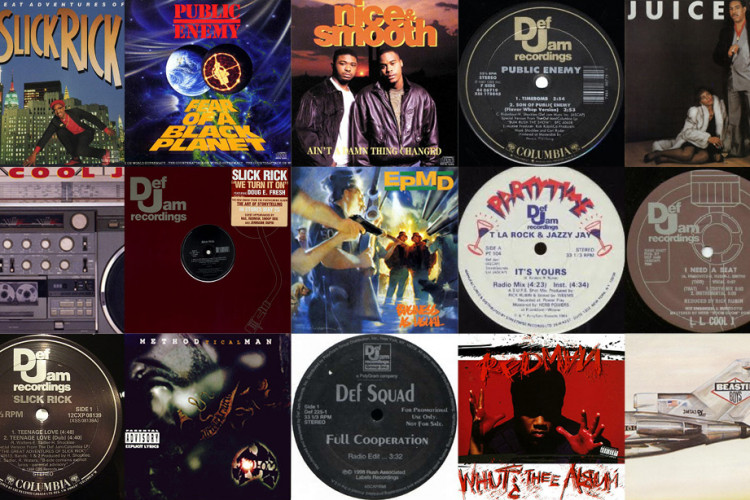
It is without a doubt that A Love Supreme is one of, if not, John Coltrane’s greatest work. His 1965 tribute to the almighty is a spiritual and emotional journey. His explorative approach to song-making traverses through jazz’ spectrum, with old, current and new ideas interweaving seamlessly to create original compositions that are intriguing, relatable and refreshing.
A little bit of history about John Coltrane, before A Love Supreme the saxophonist was already well known in the jazz circuit. Considered an up and comer, during the early fifties Coltrane had already played with Charlie Parker and Dizzy Gillespie, and was part of Miles Davis’ new quintet. Now dubbed Miles Davis’ “First Great Quintet”, Coltrane shared musical duties with Red Garland, Philly Joe Jones, Paul Chambers, and of course Miles Davis himself. The talents of Davis and Coltrane both drew attention, and the quintet released several albums on the New York City based Prestige Records that were critically acclaimed.
Great as they were, the First Great Quintet’s work came to an end due to John Coltrane’s heroin addiction. Just like today, the relationship between drugs, musicians and the music was romanticized, particularly due to the story of the influential Charlie Parker and his addiction. Coltrane’s drug habit hindered his ability to function and meet his responsibilities, so it wasn’t a surprise that Miles Davis kicked him out and disbanded the quintet.
But then by some accounts Coltrane experienced a near-overdose in 1957, an event that apparently awoken his spirituality and ended his alcohol and heroin addiction – which was then translated through his music and culminated with A Love Supreme. Mark Richardson was right when he wrote on Pitchfork Media that after this spiritual awakening, Coltrane “… was then seemingly always on the move, in transition, each moment glimpsed as a blur on a continuum rather than a fixed point in space”, with every work he participated in capturing moments of an ever-evolving style and new ideas of playing – whether it is in Miles Davis’ seminal Kind of Blue (in 1958, John Coltrane had joined Miles Davis’ new sextet), or his bandleading efforts in Giant Steps and My Favorite Things.
John Coltrane continued to deliver brand new and original ideas during this period of enlightenment, and then came A Love Supreme. In December 1964, Coltrane’s quartet which was composed of the great McCoy Tyner on piano, Jimmy Garrison on the double bass, Elvin Jones on drums, and John Coltrane on tenor saxophone gathered at the Van Gelder studio in New Jersey for a recording session that resulted in this great musical work.
John Coltrane’s spiritual awakening can be heard in full-force in a Love Supreme, the music defined, directed by and dedicated to his love for God. The 4-part suite titled Acknowledgement, Resolution, Pursuance, and Psalm clearly describes his piety, with the last song a musical rendition of a poem to God Coltrane wrote and can be read in the album’s liner notes. The feeling of spirituality can be felt by listeners of the music in the intense and explosive performance of the music. From the cymbal crashes, the chant-like bassline, the expansive piano chords, to the soaring saxophone lines, A Love Supreme is filled with moments of intensity.
The musicians’ approach to this album results in an emotional experience. Even if one was not aware of the spiritual background to A Love Supreme, the waves of intensity will surely be felt. Music is emotive, and in this case John Coltrane’s devotion to the grandeur of God is explained through emotions and moods that are striking. The strong emotional character of the album makes it an enjoyable listen for anyone, overshadowing the great technical playing with expression. The music’s ability to communicate clearly makes A Love Supreme a relatable album, and is where a large part of its appeal lies.
A Love Supreme is also a project of musical exploration. You can hear the underpinning of the hard bop that the group has played for years, the modal stylings that was being performed during this time, and the free/avant garde expressions that would later be explored further. The balanced combination of new and old ideas is perhaps what makes A Love Supreme such an intriguing listen. Even when the group seems to go off into fantastic directions, the music is grounded in styles that are familiar. There is a strong foundation to the group’s playing that gives room for listeners to enjoy the musician’s exploration. The experience is sort of like looking at the sky at nightime – the great infinite universe that hangs above can be frightening in its uncertainty, but we feel safe as our feet are firmly planted on the ground. There is a great balance between the familiar and the unfamiliar in this album.
Balanced isn’t quite the right description for A Love Supreme, but it’s perhaps what makes hits album a great one. Its emotive dedication to the spiritual and its exploration of musical ideas are balanced perfectly. A Love Supreme is an adventurous listen, one that is lead by a talented man has firmly found his direction through life’s trials and tribulations, and we are lucky to be able to experience it.
“A Love Supreme” ditulis oleh:
Ken Jenie
Jirapah singer and guitarist who is lactose intolerant. Ken enjoys the arts and is fascinated by the variety, and hopes mankind is curious about anything and everything. Cheers!











